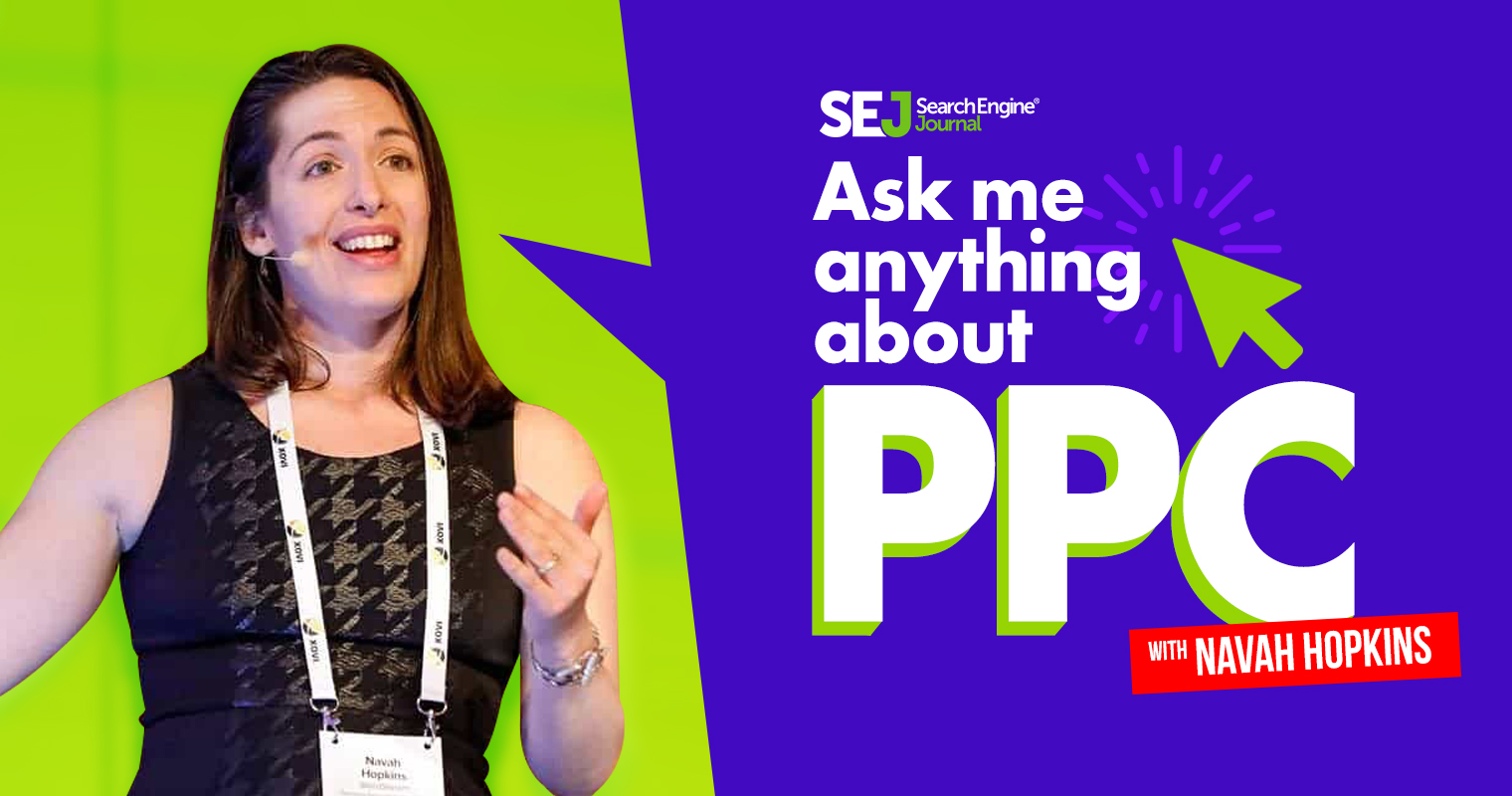There is no “right” way to run a PPC account – trial and error will help you find the best path to positive ROI.
In this installment of Ask Me Anything About PPC, we will address the following question:
“Which metrics should I actually pay attention to? I get reports from my agency and it’s really overwhelming – can you help me understand what they’re sharing with me?”
Distilling down the right workflow, structure, and strategy for you comes down to knowing:
- Which metrics to focus on?
- What kind of “improvement” do you need to see in the metric?
- How long to give your tests before checking the metric again?
As we answer these questions, we’ll also parse the metrics into three buckets:
- Core metrics: Important success/failure indicators.
- Directional metrics: Not important enough to report on/be accountable for, but useful in directing management efforts.
- Vanity metrics: While a case can be made for every metric being “important”, these are truly just fluff.
It’s important to note my designation of a metric as “core”, “directional”, and “vanity” are my opinions and not official designations from the ad networks.
Which Metrics to Focus On
Focusing on core metrics may seem like a no-brainer, but depending on the campaign objectives, it might not be obvious which metrics to designate as “Core”.
For Leads/Sales
If you’re after leads/sales, the following metrics should be your core metrics:
- Conversions: actions you’re telling the ad network to treat as important.
- CPA: Cost per conversion, determined by what you’ve allowed to be included in conversions.
- ROAS: Gross profit generated from conversions attributed to ad spend.
- Conversion rate: Of the prospects who clicked your ad, how many converted?
These will be your directional metrics:
- CTR (click-through rate): Of the people who saw your ad, how many clicked?
- Impression share: Of all available impressions, how many is a given campaign/keyword getting.
- Top of page rate: Of the times your ad served, how often was it at the top.
- Average CPC: How many clicks can your budget fit in the day?
I consider these vanity metrics in leads/sales campaigns:
- Quality score: Score 1-10 Google gives you based on historical CTR, ad relevance, and landing page experience.
- Impressions: How many times your ad has been viewed.
- Optimization score: Score Google gives your campaign based on how many suggestions you implement.
Metrics fall into these buckets because of their varying impact on the leads and sales goal.
For Brand Awareness
If the goal were to change to brand awareness, metrics would shift.
Core metrics for brand awareness:
- Impression share (including top of page and absolute top of page): Of the potential impressions you could be getting, how many are you securing, and how many are at the top of the page.
- Impressions: Amount of times your ad is displayed.
- Views: Amount of times your ad is seen.
- Brand lift: Increase in branded search/recall
Directional metrics for brand awareness include:
- Conversions: Getting leads in a new market indicates you’re going in the right direction.
- Assisted conversions: How much the campaign is empowering other campaigns.
- Earned views: How many organic views of your content come from an ad?
- CTR: Are the clicks intentional or accidental (leading to an evaluation of placements)?
Vanity metrics for brand awareness include:
- Quality score
- Optimization score
The Takeaway
Depending on your goals, you’ll want to value metrics differently and adjust success/failure criteria accordingly.
What Kind of Improvement Do You Need to See in a Metric?
Every metric has its own unique criteria and behaviors, and it’s important to know when you want to see a metric go up/down.
However, it’s also important to note what kind of percentage improvements, to expect out of a metric.
If you had inaccurate conversion tracking, it’s reasonable to expect a giant percentage decrease (or in some cases increase) in conversions.
Small budgets will have less impressions and clicks, which means any increases will have larger percentage changes than a large budget.
The important part is that your improvement is consistent and constantly growing.
If the improvement is temporary, that implies the wrong variable in a test was celebrated, and you’ll need to go back to what you were testing.
How Long Should You Let a Test Run Before Checking Metrics?
As a rule, tests should have at least seven days to run before modifications are made.
However, there are certain metrics that can help you understand a test is completely flawed within the first 1-2 days.
Check the following for sharp declines in the first 24-48 hours of a test:
- Impression share (especially if lost to rank): This likely means whatever is being tested is causing underbidding.
- Conversions: This might mean an incorrect conversion action was tracking/bidding strategy is focusing budget away from conversions.
- CTR: Ad copy might be off and/or the keywords might be pulling you into bad queries.
The Takeaway
The metrics you focus on will depend on your goals, as well as whether you’re in testing or scale mode.
Have a question about PPC? Submit via this form or tweet me @navahf with the #AskPPC hashtag. See you next month!
More Resources:





